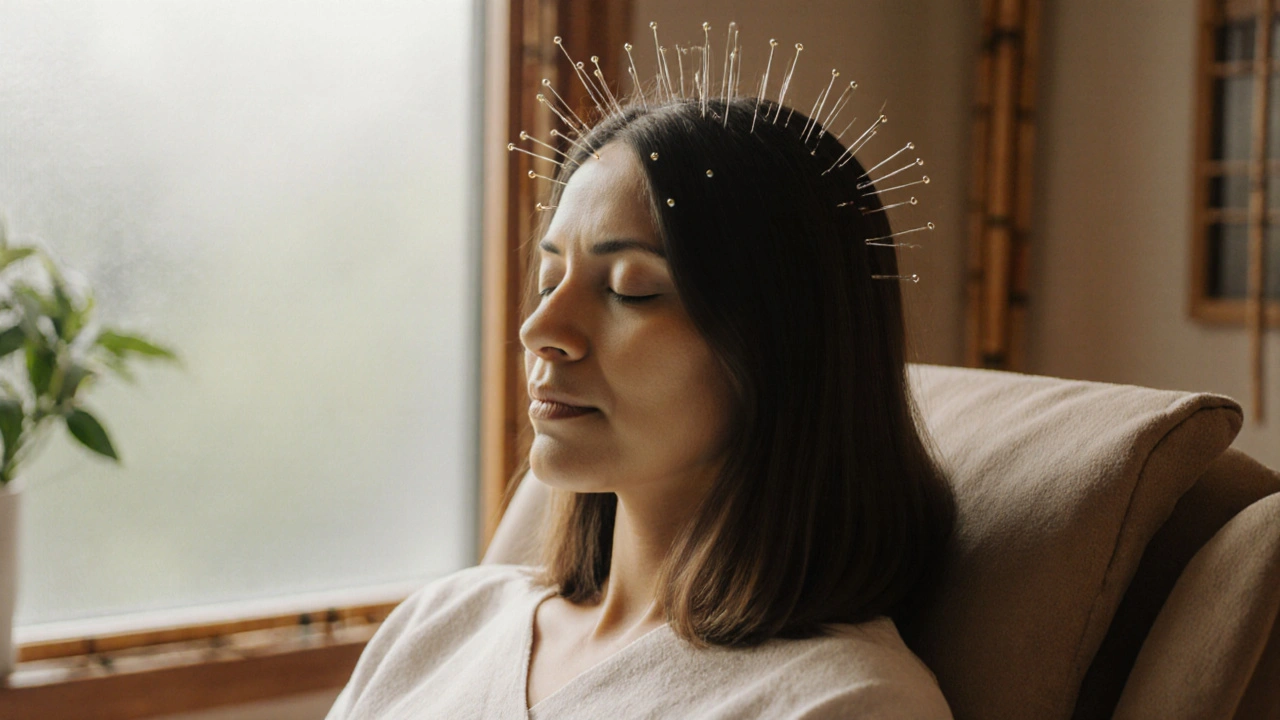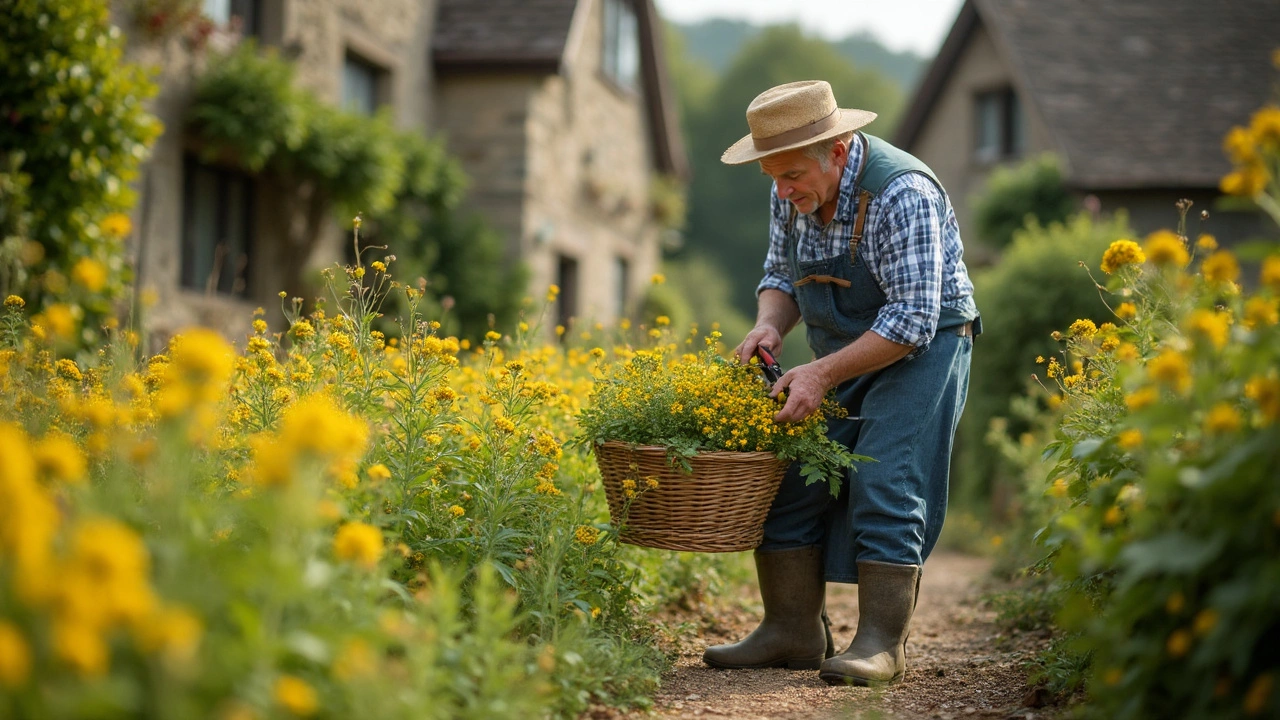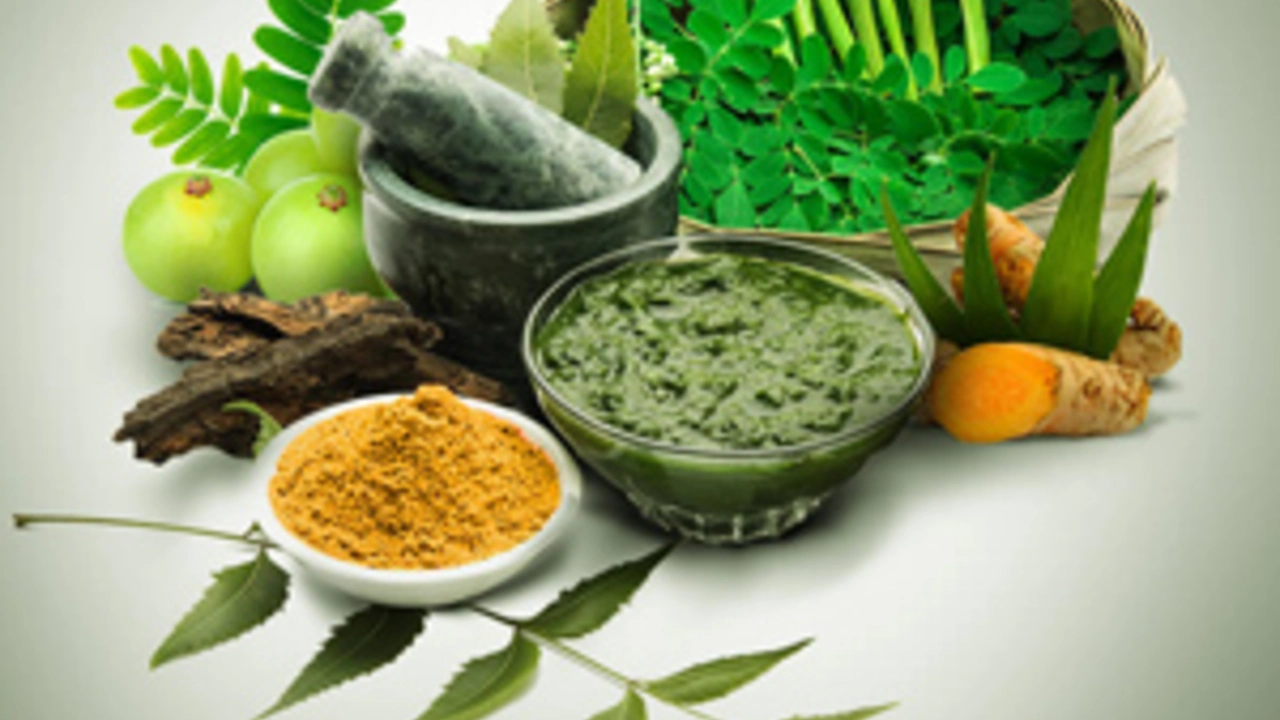Natural Remedies – Simple Solutions for Everyday Health
Looking for ways to feel better without reaching for a pharmacy shelf? Natural remedies can fill that gap. They’re easy to find, often cheap, and many work just as well as a prescription when used right. Below you’ll see quick how‑to’s for three popular options: growing and brewing tansy tea, choosing Fringetree supplements, and swapping a chemical antifungal for plant‑based alternatives.
Grow Your Own Tansy for a Soothing Tea
Tansy is a garden herb that many people overlook. It produces tiny yellow flowers and strong‑smelling leaves that make a surprisingly smooth tea. Start by planting seeds in well‑drained soil after the last frost. Water lightly until sprouts appear, then thin them to give each plant room to breathe.
When the leaves are bright green and a few weeks old, cut them in the morning. Dry them on a screen or a clean towel for a day, then store the dried bits in an airtight jar away from light. To brew, steep one teaspoon of dried leaves in hot water for five minutes. You’ll notice a mild, slightly bitter flavor that’s perfect with honey or lemon.
People use tansy tea to ease digestive issues and calm occasional aches. Just remember not to overdo it—three cups a day is plenty. If you’re pregnant, have liver problems, or are unsure, check a health professional first.
Fringetree Supplements: A Quick Look at What They Offer
Fringetree isn’t a brand you’ll see in every supermarket, but it’s gaining fans for its liver‑supporting blend. The capsules combine milk thistle, dandelion root, and a few antioxidants that help the liver process toxins more efficiently. Many users say they feel less sluggish after a month of regular use.
Choosing the right product is simple: look for a label that lists the exact amount of each herb and avoid added fillers. Start with one capsule a day, preferably with a meal, and see how you feel after two weeks. If you notice better digestion or steadier energy, keep it in your routine.
Fringetree works best when paired with a balanced diet and moderate exercise. It’s not a magic pill, but it can give your body a gentle boost when you’re trying to reset after a busy season.
While we’re talking herbs, you might wonder about using plants instead of prescription antifungal creams like butenafine. Several people turn to tea tree oil, neem leaf paste, or oregano oil for skin issues. These options have shown real‑world success in small studies and many personal stories. Apply a diluted mixture to the affected area twice daily, and most users see a reduction in redness within a week.
Remember, natural does not mean risk‑free. Test a tiny patch first, keep the area clean, and stop if irritation appears. If the problem persists beyond two weeks, it’s wise to see a doctor.
Bottom line: natural remedies are about understanding what each plant does and using it responsibly. Whether you’re harvesting tansy from your backyard, adding a daily Fringetree capsule, or swapping a chemical cream for a herbal oil, you’re giving your body a chance to heal with fewer synthetic chemicals.
Ready to try one of these? Pick the option that fits your lifestyle, follow the simple steps, and notice how a small change can make a big difference in everyday wellness.








